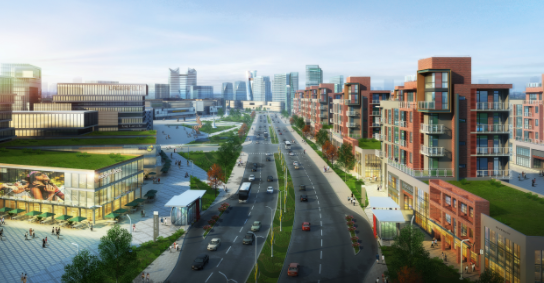The the Ease of Living Index (EoL) 2020 for India’s cities reveals gaps in planning and regional disparities. Evolve a holistic strategy to improve service delivery, but also make them equitable.
The Centre, on Thursday, released the rankings of the Ease of Living Index (EoL) 2020 for cities with a population of more than a million and those with less than a million people. Of the 111 cities that participated in the exercise, Bengaluru emerged as the top performer, followed by Navi Mumbai (6), Greater Mumbai (10) and Delhi (13) among the bigger cities, while Shimla led among the smaller cities. Like EoL , the government also released the Municipal Performance Index (MPI) 2020 for municipalities with a million population and those with less than a million people.
Indore topped the first category while the New Delhi Municipal Council (NDMC) led the second. EoL is an assessment tool that evaluates the quality of life and the impact of initiatives for development and provides an understanding of cities based on the quality of life, economic-ability and sustainability and resilience. Notably, the measures of the index align with the Sustainable Development Goals (SDG).
To buy our online courses Click Here
To improve and also cater to several emerging needs, India’s cities need to go for city-to-city partnerships, mainstream the live ability indicators in planning and policy, develop urban planning frameworks and guidelines that have space for contextualized approaches of cities and can be adapted easily, improve citizen engagement, build capacities of ULBs to catalyze the vision of the 74th Amendment Act, 1992, and remove constraints in governance to not just improve service delivery, but also make them equitable.
published in Hindustan Times on 06/03/2021. In this article “cities reveals gaps in planning and regional disparities“.





